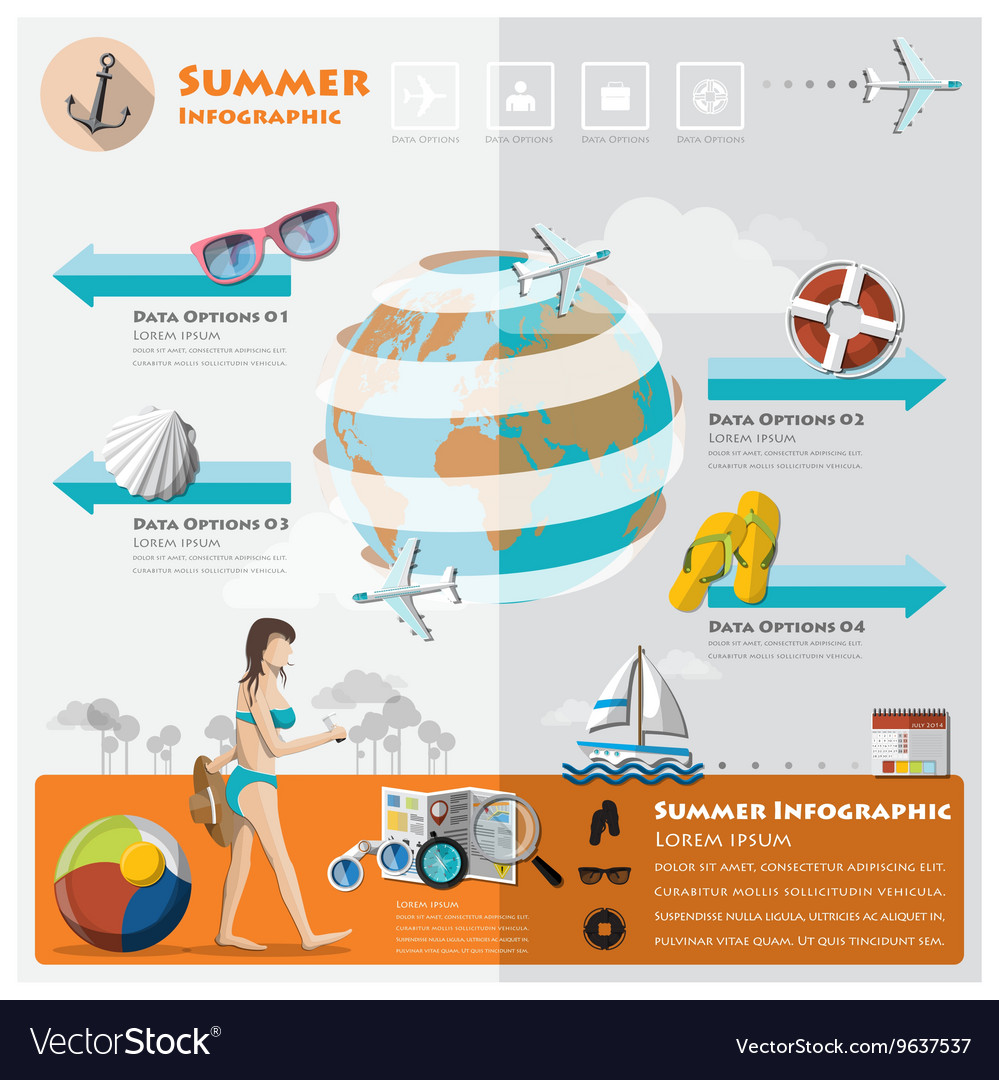The RMS Rhone is a famous ship wreckage that has given birth to a beautiful aquatic park. It is one of one of the most popular dives in the Caribbean. Its unfortunate story remains to captivate and astound us.
Captain Woolley chose the closest route to open sea through the channel in between Dead Upper body Island and Black Rock Factor on Salt Island. As Rhone occurred to come close to the point the tail end of the typhoon tossed her onto the rocks.
The History
During the yellow high temperature epidemic of the 1860s, transatlantic guest ships quit on a regular basis at Roadway Harbour, Tortola and Great Harbour on Peter Island to transfer travelers and freight in between them. Master Frederick Woolley of the Rhone had actually been advised by a going down measure that a tornado was coming, however thinking that the typhoon season was over, he decided to stay at Great Harbour for the transfer with another RMS ship, Conway.
Equally as they were passing Black Rock Factor in between Salt and Dead Breast islands, the weather condition all of a sudden altered direction. The initial lurch caught the Rhone on her side and she smashed versus the rocky coral reef. Tale has it that Captain Wooley was utilizing a silver teaspoon (which continues to be dirtied in the coral reefs today) to stir his favorite at the time. The accident is now a popular dive website, home to an interesting array of aquatic life. Most individuals concur that a full expedition of the site requires 2 separate dives, as the bow and stern areas are spread apart at various depths.
The Wreck
The Rhone relaxes below the warm clear waters of the Caribbean Sea and is a popular dive site today. Visitors can check out the remarkably undamaged bow section, see where scenes from the 1977 film The Deep were fired, and swim under the strict near its large 15 foot propeller. This bursting aquatic park is a reminder of the delicate balance in between male and nature.
On 29th October 1867 as Captain Wooley was preparing to secure the Rhone in Road Harbor, the wind and waves moved and he made a decision to attempt to defeat the approaching storm out into the open sea. He guided the ship to Black Rock Factor in between Dead Chest and Blonde Rock, a pair of rocky peaks rising from the water. The ship struck the rocks and sank in 2 areas with the cold water of the incoming tide getting in touch with the hot central heating boilers creating a surge and sinking the vessel with all 123 passengers still tied to their beds.
Snorkeling
One of the most popular wreckage dives in the Caribbean, snorkelers can conveniently check out much of the Rhone by just drifting on a mask and breathing via the sea. The much deeper bow area is particularly well-preserved, a kaleidoscope of orange cup corals teeming with yellowtail snapper, sennets and jacks. It's likewise where scenes from the 1977 motion picture The Deep were shot.
The demanding and stomach are extra separated, yet they supply a haunting glimpse of a past era. Divers should plan on at least two dives to fully experience the Rhone, especially since visibility can sometimes be tricky. Highlights include the lucky porthole, which scuba divers massage forever luck, and the renowned bronze prop. The rusting skeletal system of the Rhone is a legendary view in the BVI and is a must-see for any type of diving or boating lover. The ship is open to the public for exploration, and numerous local dive boats visit daily. The Rhone is shielded by the National forest Solution, and entryway is absolutely free.
Diving
One of the Caribbean's most popular wreck dives, Rhone is a sought after site for its historical attraction and bristling aquatic life. It's open and fairly safe, making it suitable for scuba divers of all experience degrees.
The tale behind the wreck is terrible: as she was transferring guests to one more ship, Conway, at Road Harbour on Tortola, Rhone rounded Black Rock Point and faced it at full speed. Warm boilers smashed versus cool seawater and exploded, sending the Rhone collapsing into the rocks and sinking in minutes. Just 23 of the 146 individuals aboard made it through. Their bodies were buried on Salt Island.
The wreckage split in two when it sank, and the bow area drifted to 4 day yacht charter bahamas much deeper waters, while the demanding worked out at about 80 feet. Both are swallowed up in coral reefs and occupied by aquatic life, consisting of institutions of yellowtail snappers, sennets, jacks and grunts. It takes at least 2 dives to check out the entire wreckage, though, since the bow and strict sections are separated by concerning 100 feet of water.
